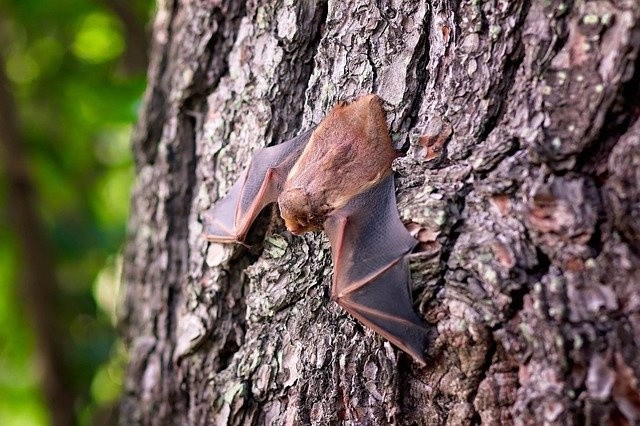
The study suggests that vampire bats have similar bonding habits to human social groups observed by scientists. They act like college roommates with a random pairing similar to the animal world. The behavior of these flying mammals was placed in controlled conditions that were observed.
How Vampire Bats Bond
After being forced to live together for only one week, these bat pairings retained their friendly ties for over two months after being reintroduced into a larger bat colony, reported Phys Org.
The findings are unique because they are based on precisely quantified consequences of relationship manipulation instead of observation alone.
According to Gerald Carter, senior author of the study from the Ohio State University, The formation of social ties is a genuinely mysterious process that so many people are drawn to. Yet, they have quite different perspectives on how it happens. He added they are trying to create a technique that directly tests these interpretations using vampire bats.
We forced them together for a short time in this experiment, then evaluated their grooming rates, which increased by a specific amount over time.
Imran Razik and Bridget Brown, both graduate students in evolution, ecology, and organismal biology at Ohio State, are members of the Smithsonian Tropical Research Institute project in Panama, where the study was conducted, cited in Head Topics.
To establish the colony of 21 bats for the study, the researchers collected seven adult female vampire bats from each of three distant roosts.
During the first six weeks, the flying mammals mixed freely between familiar roost mates and strangers from nearby roosts. Each group selected one vampire bat from each of the three sites and forced them to live together as a trio for seven days and see how it differs from human social bonding.
The bats were divided into seven smaller groups during the treatment phase. They selected one bat from each of the three sites for each group and then forced them to reside together as a trio for seven days, noted Earth.com.
All the pairs were tested via their grooming behavior compared to other pairs. Similar pairs of bats were collected from the same roost and control pairs that were not forced into closeness. After a treatment period, all the bats lived unrestricted for nine weeks.
Random Pairing of Vampire Bats
Razik observed and measured all bat grooming activities lasting 5 seconds or more that were taken by three infrared surveillance cameras operating for six hours each day during the three study stages.
He went on to say that many of the new test pairings had done some reciprocal grooming in the first six weeks, but the scientists wanted to see how the randomly assigned forced closeness treatment affected the formation of long-term social ties.
Furthermore, during the forced closeness phase, each bat had two mates with whom it could interact, and in the post-treatment phase. They had at least 20 more partners to choose from-including ones they knew had been taken from the same site.
This single study does not respond to how wild animals develop social ties, which are believed to be vital for animal health, well-being, survival, and reproductive capacity.
Vampire bats and the social relations similar to human social groups behave in such a way that the researchers use the data used to interpret these flying mammals.
Related Article : Cockroaches Remained Crawling on Earth When the Asteroid Killed the Dinosaurs Which Proves Ability To Survive After Human Extinction
© 2025 HNGN, All rights reserved. Do not reproduce without permission.








